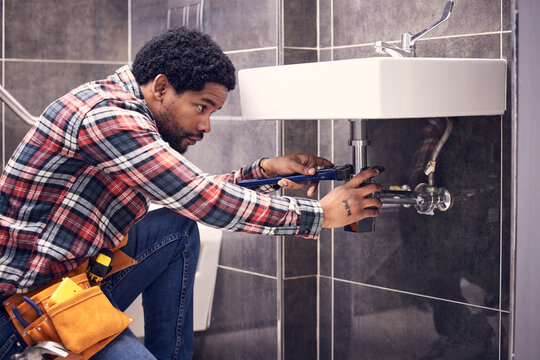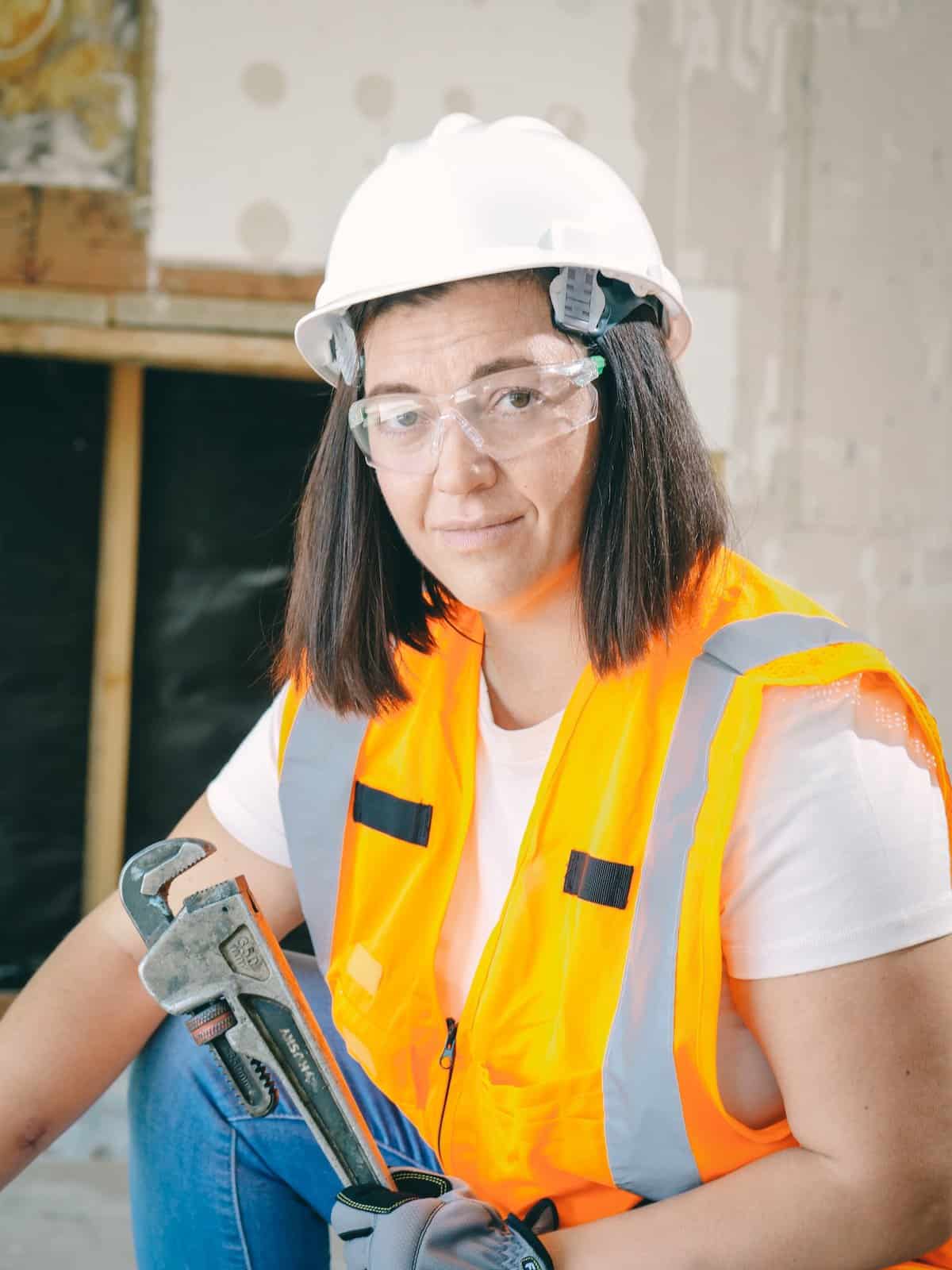A Step-by-Step Overview to Reliable Hot Water Heater Installment for Ideal Performance
Beginning on the task of installing a hot water heater is an endeavor that requires precision and a systematic approach for achieving optimum efficiency. The process begins with the important choice of selecting the suitable heating unit customized to the certain requirements of your family, taking into consideration factors such as size, power, and kind resource. Once chosen, preparing the setup area to fulfill security standards is paramount. The journey does not end below. As you continue, the details of connecting water system lines and setting up trustworthy electrical or gas links await, appealing understandings into making sure efficiency and integrity.
Choosing the Right Water Heating Unit

Next, take into consideration the dimension and capacity of the hot water heater. It's crucial to analyze your household's warm water requirements, which can differ based upon the variety of owners and their usage patterns. An unit that's as well little might cause not enough warm water, while an extra-large model might result in unnecessary energy usage.
Effectiveness scores additionally play a crucial role in selection. Look for hot water heater with high Energy Element (EF) ratings, suggesting remarkable efficiency and minimized power use. Tankless designs, though commonly extra pricey ahead of time, deal considerable energy cost savings in time because of their on-demand heating capabilities.
Preparing the Installment Location
Prior to installing a brand-new water heating unit, thorough prep work of the installation location is crucial. It's important to gauge the room thoroughly to suit the water heater's measurements, ensuring ample clearance around the unit for reliable operation and servicing.
Next, eliminate any kind of debris, dust, or obstructions from the website to develop a tidy environment. Check the floor for security, as the water heating system will certainly need a solid, level surface to run properly. If necessary, install a drip pan underneath the device to capture possible leakages or spills, preventing water damage to the surrounding area. In regions prone to seismic activity, think about setting up seismic straps to protect the heating unit securely in position.
In addition, make certain that all essential devices and materials are on hand before starting the installment. This consists of products such as wrenches, screwdrivers, a level, and any additional equipment needed for securing the heating system and placing. A well-prepared installment location sets the foundation for an effective water heating system configuration, enhancing performance and safety.
Connecting Water System Lines
When linking supply of water lines to your newly mounted water heating system, it is essential to make certain that all links are safe and leak-free to maintain efficient procedure and stop water damage. Begin by recognizing the cool and warm water supply lines. The cool water inlet is normally noted with a blue label or a "C", while the warm water outlet is noted with a red label or an "H".
Usage adaptable water heating unit ports to assist in a simpler installment process. Before connecting the adapters, position a plumbing's tape around the threaded ends of find this the water heating unit's inlet and electrical outlet pipelines.
As soon as links remain in place, slowly turn on the primary water system shutoff. Evaluate each link for leakages by aesthetically checking and feeling for moisture. Tighten connections as necessary, and guarantee the pressure relief valve is correctly installed, protecting against excessive pressure accumulation.
Establishing Up Electric or Gas Links
Properly setting up the electric or gas links for your water heating system is a crucial step to ensure safe and efficient procedure. For electrical water heaters, begin by verifying that the electrical circuit is compatible with the heating unit's voltage and amperage needs. Make certain the power supply is transformed off at the breaker to avoid mishaps. Link the electric cords to the heating system adhering to the supplier's wiring diagram. Usually, this entails attaching the ground cord to the eco-friendly terminal, and the staying cables to their equivalent terminals, safeguarding each with cord nuts.
For gas water heaters, safety and security is vital. Confirm that the gas supply is off before continuing. Connect the gas line to the water heating system using a versatile gas connector, ensuring it is effectively threaded and sealed with visit site pipeline joint substance or Teflon tape suitable for gas links. Tighten up the connections with a wrench, taking treatment not to over-tighten (Drain Cleaning Alabaster AL).
As soon as links are made, examine for any type of possible leakages. For gas lines, apply a soapy water service to the joints; bubbles suggest a leakage. For electric connections, confirm that all electrical wiring is safe and secure and correctly protected, keeping conformity with local electrical codes.
Readjusting and testing for Efficiency
With the electrical and gas links firmly in position, the next step is evaluating the operational effectiveness of your hot water heater. Begin by carefully activating the supply of water and making sure there are no leakages at any one of the joints or shutoffs. As soon as confirmed, proceed to fill up the container, taking note of the stress and temperature level setups. It is suggested to establish the thermostat to an advised temperature level of around 120 ° F(49 ° C) to stabilize power effectiveness and convenience.
Following, carry out a detailed examination to make sure the burner or gas heaters are working correctly. For electrical heating units, utilize a multimeter to validate if the components are drawing the appropriate existing. In gas designs, observe the heater fire; it ought to be blue and steady, suggesting efficient burning.
Adjust the setups as needed to eliminate inadequacies. Think about executing insulation actions, such as adding a water heater covering, to even more boost efficiency by reducing heat loss. In addition, check the anode pole's condition, as a worn-out rod can lower effectiveness and bring about storage tank deterioration.
Final Thought
Reliable hot water heater installment is vital for guaranteeing optimum performance and power savings. By choosing the ideal type and dimension, and diligently preparing the installation location, a structure for success is established. Safely attaching supply of water lines and very carefully establishing electrical or gas links decrease potential problems. Detailed testing for leaks and exact that site thermostat adjustments to 120 ° F enhance dependability and performance. Sticking to these steps advertises lasting functionality and energy preservation in household water heating systems.

Properly setting up the electrical or gas links for your water heating system is an important action to make certain safe and efficient procedure. For electrical water heaters, begin by confirming that the electrical circuit is compatible with the heating unit's voltage and amperage demands. Attach the gas line to the water heating system making use of an adaptable gas adapter, guaranteeing it is effectively threaded and sealed with pipeline joint substance or Teflon tape suitable for gas connections.